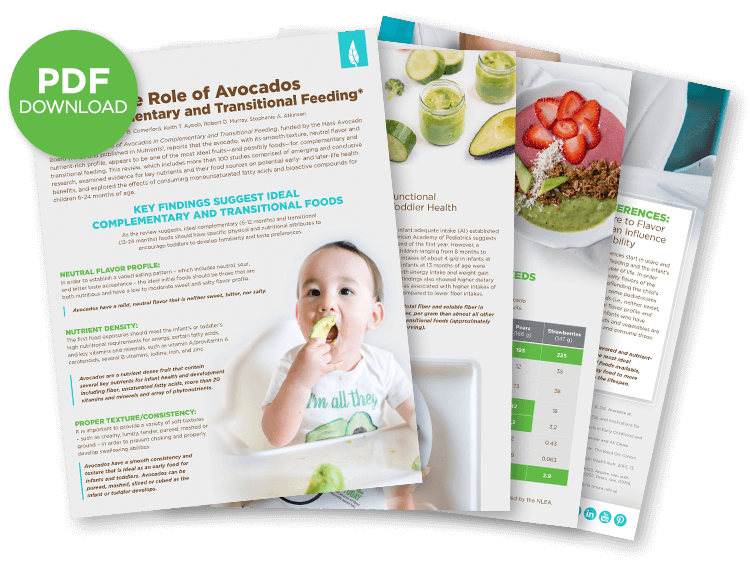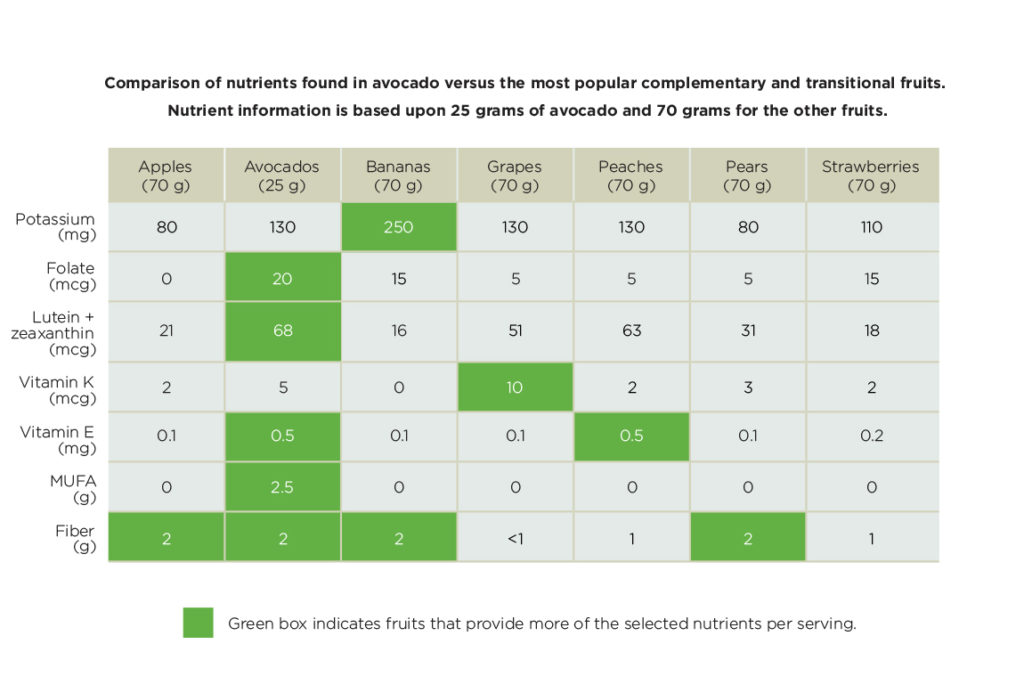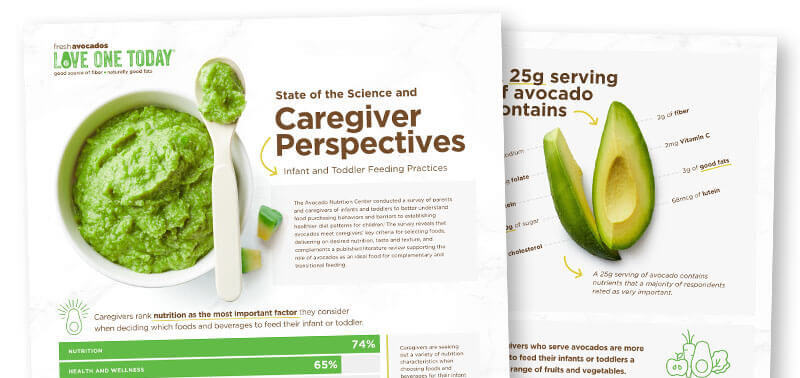Study Overview
This 2016 publication, funded by the Avocado Nutrition Center and published in Nutrients1, reports that the avocado, with its smooth texture, neutral flavor and nutrient-dense profile, appears to be one of the most ideal fruits—and possibly foods—for complementary and transitional feeding. This review, which includes more than 100 studies consisting of emerging and conclusive research, examined-evidence for key nutrients and their food sources on potential early and later-life health benefits and explored the effects of consuming monounsaturated fatty acids and bioactive compounds for children 6–24 months of age.
Published: Nutrients
Study funded by Avocado Nutrition Center
Category: Cardiovascular Health, Healthy Living at Every Age, Weight Management
Download Scientific Summary PDF
Read the Press Release
See Published Review
Nutrient density:
The first food exposures should meet the infant’s or toddler’s high nutritional requirements for energy, certain fatty acids, and key vitamins and minerals, such as vitamin A/provitamin A carotenoids, several B vitamins, iodine, iron and zinc.
Avocados are a nutrient-dense fruit that provide fiber, unsaturated fatty acids, more than 20 vitamins and minerals and an array of phytonutrients that are important for infant health and development.
Proper texture and consistency:
It is important to provide a variety of soft textures—such as creamy, lumpy, tender, pureed, mashed or ground—in order to prevent choking and properly develop swallowing abilities.
Avocados have a smooth consistency and texture that are ideal as an early food for infants and toddlers. Avocados can be puréed, mashed, sliced or cubed as the infant or toddler develops.
Neutral flavor profile:
To establish a varied eating pattern— which includes neutral, sour and bitter taste acceptance—the ideal initial foods should be those that are both nutritious and have a low to moderate sweet and salty flavor profile.
Avocados have a mild, neutral flavor that is not sweet, bitter or salty.

Fruit & Vegetables:
Early Exposure Can Lead to Lifelong Benefits
Fruit and vegetable intake in children of all ages remains below recommendations in most countries worldwide. Observational studies have demonstrated later health benefits of early nutrition choices when infants consumed higher amounts of fruits and/or vegetables, such as better body weights,2 lower blood pressure,3 lower risk of stroke4 and some cancers5 as well as overall higher fruit and vegetable intake.6 Avocados can be introduced in the early feeding stages as a low-sugar fruit option that can help avoid invoking an early preference for sweet foods, which may influence eating behavior over time.
Macronutrients:
Amount and Specific Structural and Functional Characteristics are Key for Infant and Toddler Health
DIETARY FAT:
In infancy, research suggests fat should comprise about 50% of energy intake in order to provide adequate energy for rapid growth and the essential fatty acids for brain development. Specifically, monounsaturated fat (MUFA), such as oleic acid, has been shown to be important for normal growth and development of the central nervous system and brain, as well as beneficial for fat-soluble nutrient absorption; and, the Joint FAO/ WHO Expert Consultation on Fats and Fatty Acids in Human Nutrition suggests that as little as 3–4.5% of total energy intake from linoleic acid (polyunsaturated fat [PUFA]) is associated with optimal growth and development for infants and toddlers.
A 25g serving of avocado contains approximately 2.5g of MUFA and approximately 0.5 g of the PUFA linoleic acid (18:2n-6), which comprises roughly 10–15% of the fatty acid content in avocados.
FIBER:
Currently, there is no infant adequate intake (AI) established for fiber, but the American Academy of Pediatrics suggests roughly 5g per day by the end of the first year. However, a prospectus study on children ranging from 8 months to 9 years suggests fiber intakes of about 4g per day in infants at 8 months and 7g per day in infants at 13 months of age were positively associated with energy intake and weight gain. Additionally, the study findings also showed higher dietary fiber intake in infancy was associated with higher intakes of vitamins and minerals compared to lower fiber intakes.
Avocados contribute approximately 2g total fiber and soluble fiber per 25g serving.
A 25g serving of avocado for toddlers ages 1-3 years is half of the adult RACC.
Micronutrients: Avoiding Deficiencies during the Complementary & Transitional Feeding Periods
The selection of complementary foods to meet (and not exceed) the micronutrient needs of infants is challenging. For example, essential nutrients like iron are present in low concentrations in typical infant foods, even in breast milk. Additionally, about 45–80% of toddlers exceed the recommended sodium intake levels, and only 5% of toddlers meet the recommended intake levels for potassium.
Avocados, while low in iron, contribute folate, vitamin C, riboflavin and vitamin B6, which are all essential to various aspects of iron absorption, red blood cell formation and/or hemoglobin function. Additionally, a 25 g serving of avocado contributes vitamin K (15% DV), folate (15% DV), potassium (4% DV) and vitamin E (8% DV).
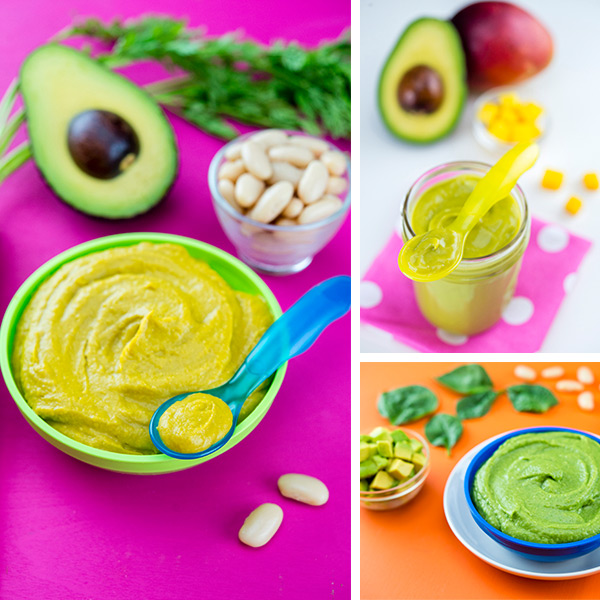
Avocado Dietary Bioactive Components: Playing an Important Role in Infant Health
Carotenoids (beta-carotene, lutein and zeaxanthin) in fruits and vegetables not only provide the precursors for vitamin A (which is essential for proper growth, development, vision, immunity, hair and skin health, and mucous membrane formation), but may also act as free- radical scavenging antioxidants. Additionally, these carotenoids have functional roles in the tissues of the infant brain.
Avocados contain 68 mcg of lutein per 25g serving. A study that looked at brain tissue samples of otherwise healthy infants who died during the first 18 months of life shows lutein may account for 60% of total infant brain carotenoids.
Food Preferences: Early Exposure to Flavor and Texture Can Influence Acceptability
Food learning and flavor preferences start in utero and are heavily influenced by breastfeeding and the infant’s complementary diet in the first year of life. To combat the overly sweet and salty flavors of the standard American diet without offending the child’s innate dislikes for bitter and sour, some pediatricians recommend introducing mild foods (i.e., neither sweet, salty, sour, or bitter) with a neutral flavor pro le and proper consistency. Additionally, infants who have positive early experiences with fruits and vegetables are significantly more likely to choose and consume those foods later in life.
The avocado—soft, neutrally flavored and nutrient dense—appears to be one of the most ideal complementary and transitional foods available, which can also serve as a gateway food to more nutritious eating patterns across the lifespan.
Before starting or introducing new foods, parents and caregivers should consult a physician or healthcare provider.
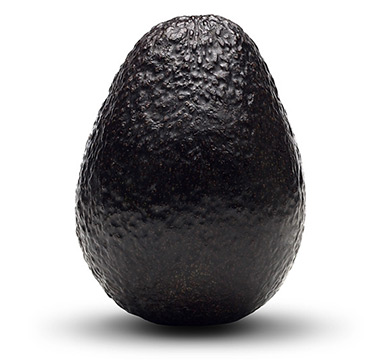
Hass Avocado Board Supports Nutrition Research
The Hass Avocado Board (HAB) is a promotion, research and information organization under supervision of the United States Department of Agriculture. HAB has a science research pipeline of ongoing clinical studies investigating the relationship between fresh avocado consumption and weight management and risk factors for cardiovascular disease and diabetes. And, based on their nutrition and phytochemical components, emerging research suggests that avocados may play benefit many emerging areas, including skin, eye, joint and cellular health.
More information on avocado nutrition research.
References:
1. Comerford KB, Ayoob KT, Murray RD, Atkinson SA.The Role of Avocados in Complementary and Transitional Feeding. Nutrients. 2016 May 21;8(5).
2. Saavedra, J.M.; Deming, D.; Dattilo, A.; Reidy, K. Lessons from the Feeding Infants and Toddlers Study in North America: What Children Eat, and Implications for Obesity Prevention. Ann Nutr Metab. 2013, 62 Suppl 3, 27-36.
3. Moore, L.L.; Singer, M.R.; Bradlee, M.L.; Djousse, L.; Proctor, M.H.; Cupples, L.A.; Ellison, R.C. Intake of Fruits, Vegetables, and Dairy Products in Early Childhood and Subsequent Blood Pressure Change. Epidemiology. 2005, 16, 4-11.
4. Ness, A.R.; Maynard, M.; Frankel, S.; Smith, G.D.; Frobisher, C.; Leary, S.D.; Emmett, P.M.; Gunnell, D. Diet in Childhood and Adult Cardiovascular and All Cause Mortality: The Boyd Orr Cohort. Heart. 2005, 91, 894-898.
5. Maynard, M.; Gunnell, D.; Emmett, P.; Frankel, S.; Davey Smith, G. Fruit, Vegetables, and Antioxidants in Childhood and Risk of Adult Cancer: The Boyd Orr Cohort. J Epidemiol Community Health. 2003, 57, 218-225.
6. Coulthard, H.; Harris, G.; Emmett, P. Long-Term Consequences of Early Fruit and Vegetable Feeding Practices in the United Kingdom. Public Health Nutr. 2010, 13, 2044-2051.
7. Data sourced from: USDA Agricultural Research Service, National Nutrient Database for Standard Reference Release 27. Basic Report: 09003, Apples, raw, with skin; 09038, Avocados, raw, California; 09040, Bananas, raw; 09131, Grapes, American type (slip skin) raw; 09236, Peaches, yellow, raw; 09252, Pears, raw; 09316, Strawberries, raw.

